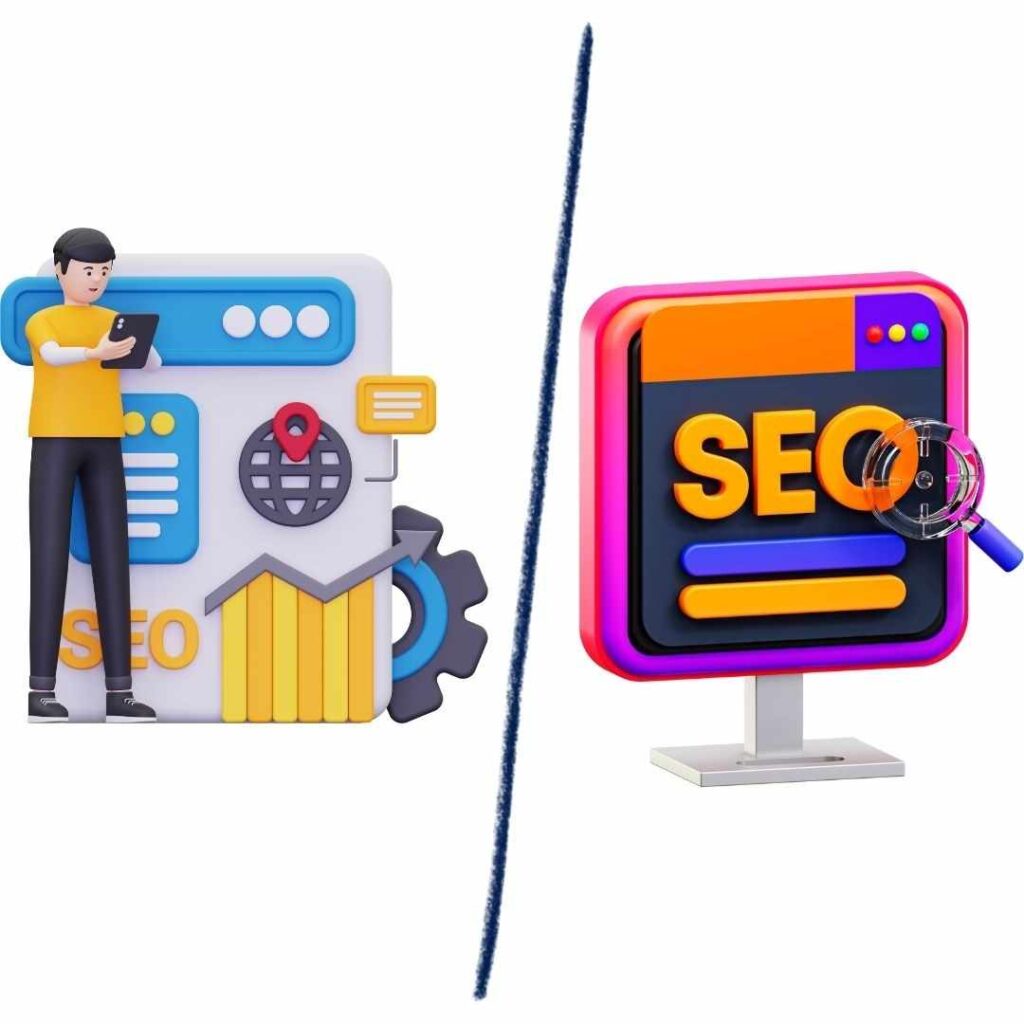
Introduction
Search behaviour is changing more quickly than ever before and the landscape of digital marketing is always shifting as well. Traditional search engine optimisation or SEO has long been the preferred strategy for increasing online presence. However a new strategy called AEO (Answer Engine Optimisation) has arisen as a result of the growth of voice search, AI-driven tools and Google’s quick answer features. Although they both seek to provide consumers with relevant content, their methods and objectives varies.
What is AEO?
Answer engine optimisation or AEO aims to provide content that gives consumers timely, accurate and contextually relevant answers to their questions. This method works with answer focused search settings like “People Also Ask” boxes, Google’s highlighted snippets, voice assistants like Alexa or Siri and artificial intelligence-powered search tools. The goal is to present information in a way that search engines can quickly extract and give without requiring the user to click through multiple results.
What is traditional SEO
Conventional SEO is the process of preparing a website to appear higher on search engine results pages. This includes on-page optimization, backlink building, keyword targeting, and technological enhancements like mobile friendliness and site performance. By using blog posts, service pages, or landing pages this tactic seeks to bring users to your website so they may go at in-depth content.
Key Differences Between AEO and SEO

The user experience is where the primary distinction can be found. While SEO aims to drive users to your site for a more thorough read, AEO focuses on offering immediate answers that might show up straight in search results. Featured snippets, AI-generated responses, and voice results appearance are what determine success in AEO.
Why AEO is Gaining Importance
Simplicity and speed are becoming more and more important to users. Nowadays, a lot of people use voice commands to search or AI tools to condense results. In these situations unless the first response piques their interest, they might never visit a website. By establishing your content as the reliable resource for prompt, precise solutions AEO makes sure your brand remains visible in these situations.
How to Optimize for AEO
- Target Searches Based on Questions
Pay attention to the “what,” “how,” “why,” and “when” questions that are pertinent to your sector. Answer-based results are more likely to be produced by these questions.
2. Give brief clear responses.
In the first 40–60 words of your material, deliver the answer for readers who wish to read more, provide further details.
3. Make Use of Structured Content
To make it easier for search engines to find pertinent areas, divide your information into headings, bullet points, and brief paragraphs.
4. Include Schema Markup
Using structured data increases your chances of being chosen as a featured answer by assisting search engines in understanding the goal of your material.
5. Compose for Voice Search
Because voice search requests frequently sound like realworld inquiries use natural and conversational language.
Should You Replace SEO with AEO?
No, they need to cooperate instead. For long term ranking, authority building and drawing in visitors looking for in-depth information, traditional SEO is still essential. In order to attract audiences who want prompt responses AEO makes sure your material is also visible in immediate answer formats. Together the two strategies create a powerful presence in click-based and no-click search experiences.
Conclusions
Instead of only showing a list of links, search engines are becoming into answer engines. As a digital marketer implementing AEO in addition to traditional SEO will boost your exposure, engage a range of search behaviors and get your online strategy ready for the future. By providing thorough resources and fast results you position your company as a leader in both traditional and AI-driven search.



